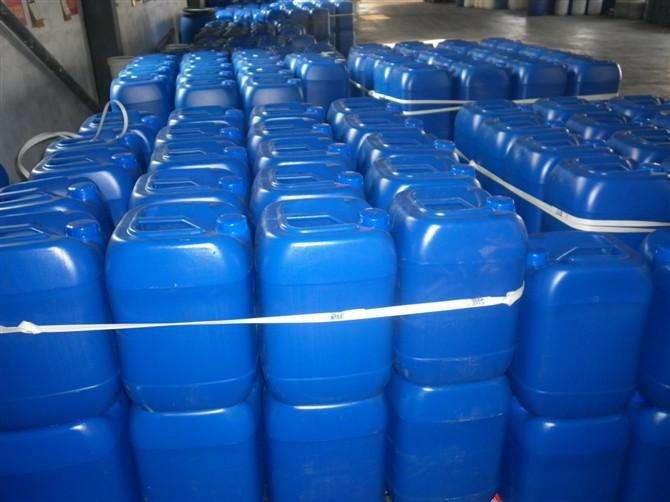

1. Principle of bubble generation and bubble stabilization
in coatings : In the production process of coatings, air will be drawn into the bubbles to form bubbles. Some raw materials in the coating, such as surfactants and dispersants, will stabilize the bubbles.
Air bubbles will also be generated during the coating process, which mainly depends on the coating method. For example, curtain coating can continuously draw air into the paint, and airless spraying can easily draw air into it. Air bubbles are easily generated when spraying under relatively low humidity or high temperature conditions.
Principle of foam stabilization:
Marangoni effect (liquid reflux phenomenon caused by surfactant to counteract the effect of gravity)
Electrostatic effect: The electrostatic repulsion of surfactants thickens the liquid layer of bubbles, thereby stabilizing the bubbles.
2. The role of defoamer
The defoamer works at or after the formation of the foam thin layer: the
uniformly dispersed defoamer penetrates into the foam elastic film and is distributed in the film, and causes the thin layer to rupture by reducing the surface tension.
The uniformly dispersed defoamer penetrates into the thin foam layer and forms a monomolecular film, which reduces its adhesion and is easy to crack the thin layer.
Defoamers containing hydrophobic particles have a third mechanism. These hydrophobic particles reach the surface of the thin layer and adsorb the surfactant on the top of the thin layer. The thin layer was broken due to the lack of surfactant.
3. Selection and evaluation method of defoamer:
The defoamer must be able to spread quickly on the surface of the foam and be able to penetrate quickly to make the foam burst quickly. The commonly used types of defoamers are silicones and polyacrylates.
Silicone defoamers are usually of the polysiloxane type. For example: polydimethylsiloxane containing acrylate functional group and polyether modified polydimethylsiloxane, etc. Silicone has high temperature resistance, low temperature resistance, stable physical properties, chemical inertness, and very low surface tension. It is a commonly used defoamer.
Defoamers such as polyacrylic acid defoam by changing the polarity and molecular weight of the polymer to cause selective incompatibility. The use of such defoamers needs to evaluate the effect on gloss.
To choose a suitable defoamer in the future, the process of foam generation in the system, the compatibility and concentration of the system, temperature and viscosity must be considered. Each of the above factors will have a direct impact on the choice of defoamer.
The evaluation of foam control agents mainly considers the following aspects: spreading rate; compatibility with the system; defoaming stability and cost performance. However, the above factors are often contradictory in a formula. For example, the defoaming stability of the defoaming agent with the best compatibility with the system is often the worst; and the spreading rate of the defoaming agent with the worst compatibility is often the lowest. fast.
Due to the diversity of coating materials and construction methods, defoamers need to be evaluated based on actual conditions.
1. Add the defoamer to be compared to the varnish according to a certain proportion, put it in a glass bottle, shake in the shaker for 5 minutes, take out the observation, and determine the defoaming ability of the defoamer according to the amount of foam. ; After standing for 10 minutes/30 minutes, observe the height of the foam again to compare the defoaming speed;
2. Scrape the paint solution with a scraper fineness meter to determine the compatibility of the defoamer and the system (with or without shrinkage);
3. After the system foam is eliminated, observe the clarity of the system, whether there is turbidity, stratification, oil slick, etc.;
4. Storage stability: After being placed for half a month, repeat the 1, 2 and 3 steps to determine the long-term effect of the defoamer
5. Determine the addition amount.
Chitec (Shanghai) Technology Co.,Ltd. China Chemical Network
Telephone
Scan wechat
